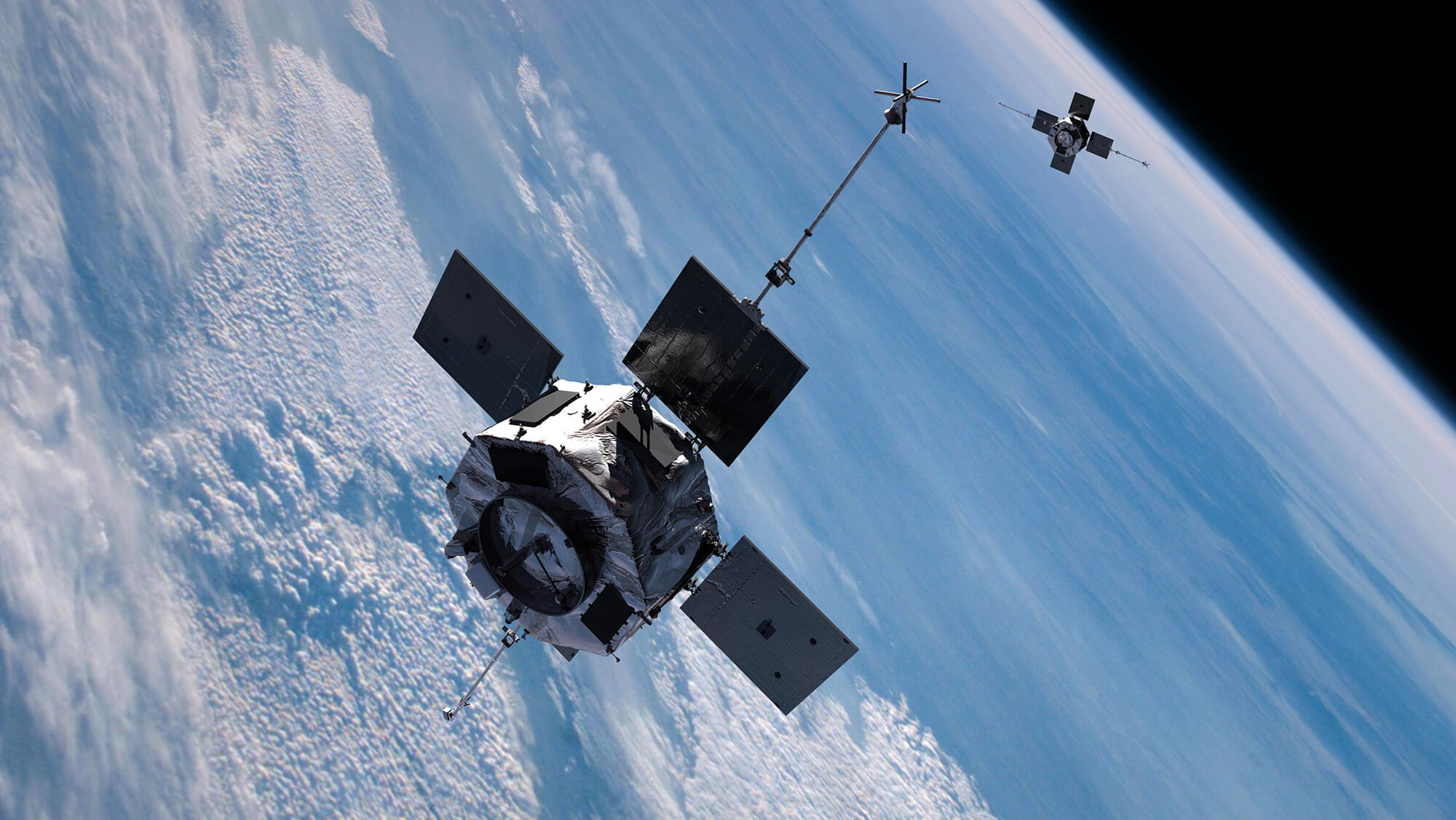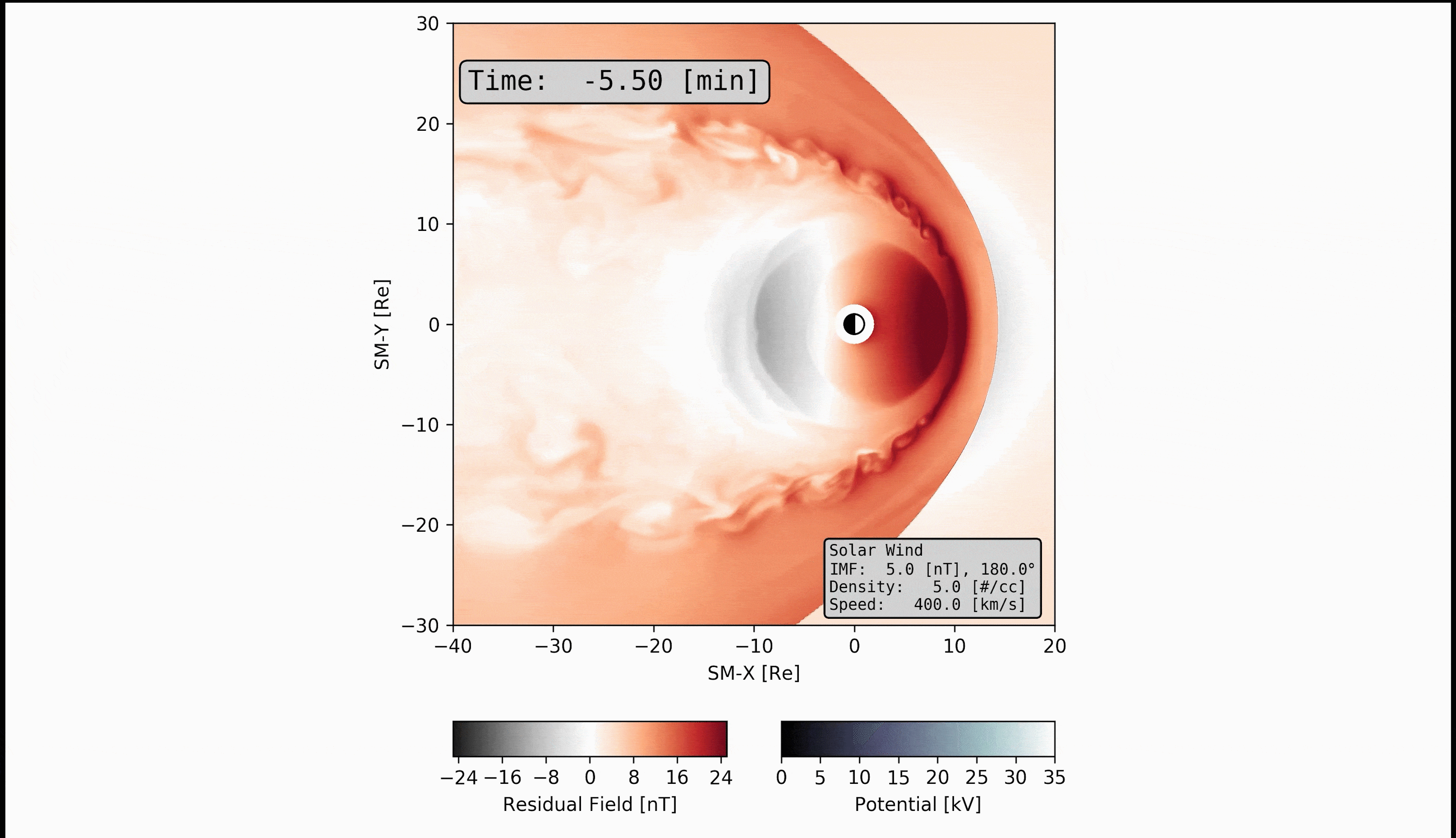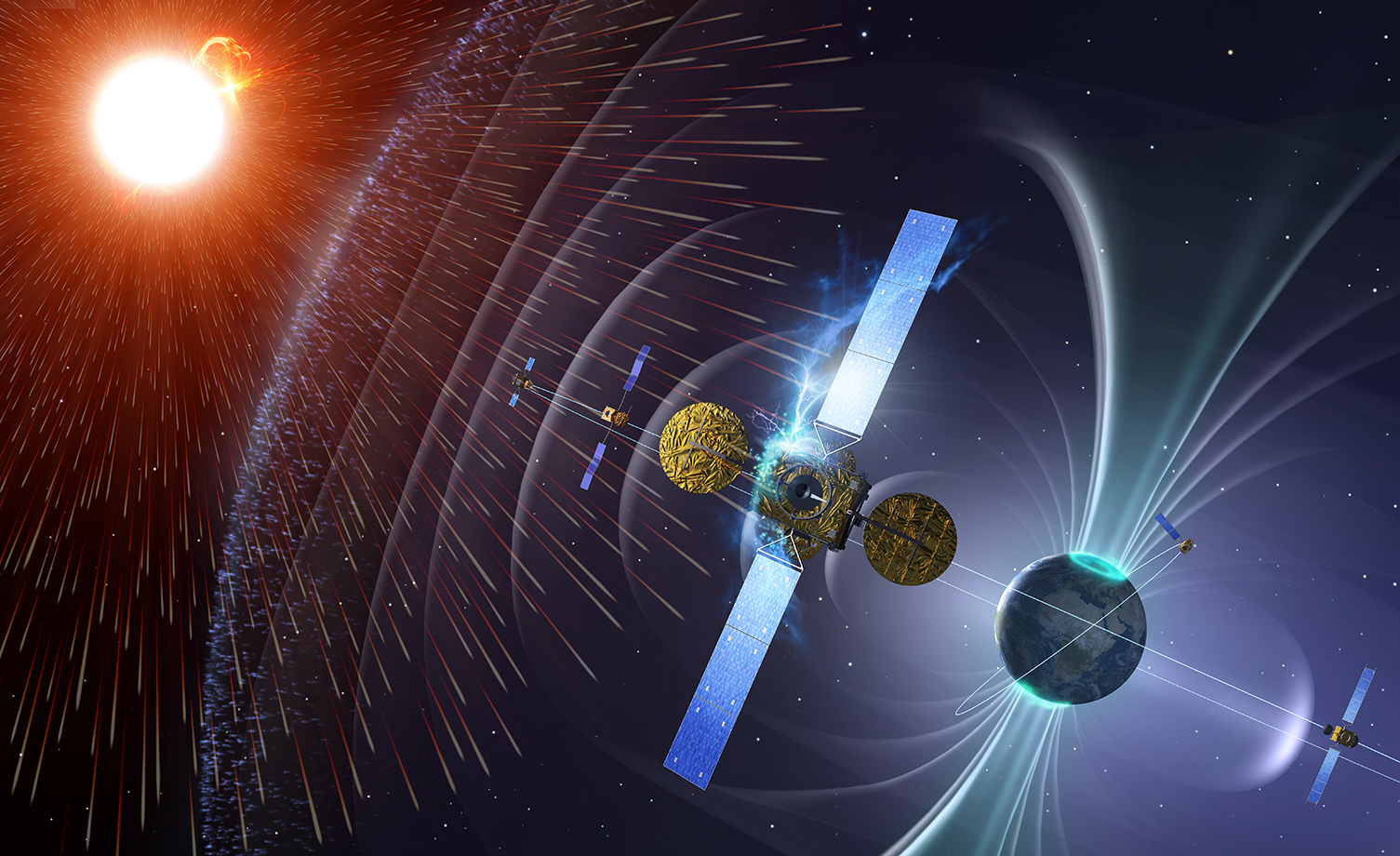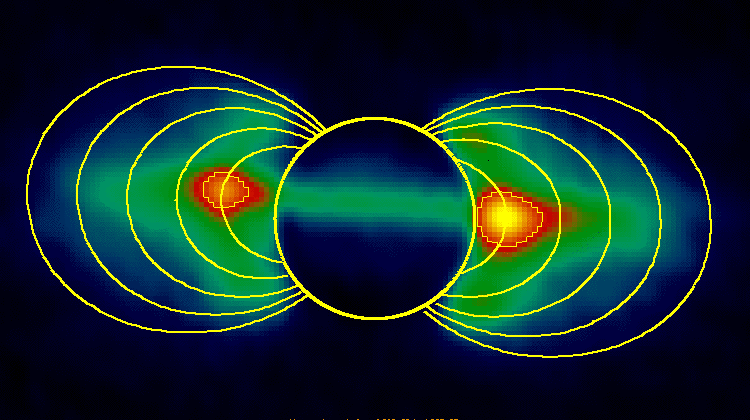News
The Van Allen Probes Transformed Everything We Know About Earth’s Radiation Belts. What’s Next?
Nine years ago this week, NASA’s Van Allen Probes launched on a mission to fly through and study Earth’s ring current and radiation belts — rings of charged particles trapped in Earth’s magnetic field. Built and operated by the Johns Hopkins Applied Physics Laboratory in Laurel, Maryland, the Van Allen Probes transformed our understanding of the particle radiation environment close to Earth during their seven-year mission, notably showing how quickly it swings from tepid to extreme.
The radiation levels in the belts ebb and flow with various events, including blasts of the Sun’s solar wind full of charged particles, injections of particles from Earth’s magnetosphere, or interactions between waves and particles in the heart of Earth’s radiation belts. These events can cause radiation levels to spike to hazardous levels in a matter of minutes, and those spikes put orbiting satellites and astronauts at risk.
More than 3,000 operational satellites currently orbit Earth, the majority of them aerospace company “mega-constellations” in low Earth orbit (LEO), some 300-1,250 miles (500-2,000 kilometers) high. By 2030, we could see as many as 50,000 satellites surrounding Earth and more astronauts in space than ever before.
With the Van Allen Probes gone, “we are now blind to the most dangerous manifestations of near-Earth particle radiation,” said APL space physicist and Van Allen Probes project scientist Sasha Ukhorskiy. This means astronauts and satellites are at risk.
“Now is a good time to think about what comes next,” said David Sibeck, Van Allen Probes mission scientist at NASA’s Goddard Space Flight Center in Greenbelt, Maryland.
Van Allen Probes team members, researchers and satellite control specialists from around the globe gathered virtually in May to discuss life after the mission and what’s needed to protect the growing number of people and assets sent to space.
They emerged with four big takeaways:
1. Send a Fleet of Space Probes to Earth's Radiation Belts
Yes, it would mean putting more satellites around Earth, but scientists argue that we can’t understand the fine details of how the radiation belt intensity changes over time across their whole range unless we track it in multiple locations at once.
“Those old enough to remember can recall that a prototype early plan for Van Allen Probes was to have multiple spacecraft on similar orbits but different local times,” Sibeck said. “In the end, we had two.”
The mission rewrote the textbook on near-Earth particle radiation, but the variability in the belts turns out to happen much faster and much more locally than the two probes alone could keep up with.
Capturing how particle intensities change around the globe every 10 minutes or less, Ukhorskiy said, requires a constellation of more than 10 satellites like the Van Allen Probes around the planet.
The satellites’ orbits would move from geostationary orbit distance at 22,236 miles (35,786 kilometers, where they move synchronously with Earth’s rotation) to within low Earth orbit distances. That comprehensive set up, along with ground-based operations, would make it possible to untangle the rapid variability of energetic electrons and ions entering and exiting the belts.



